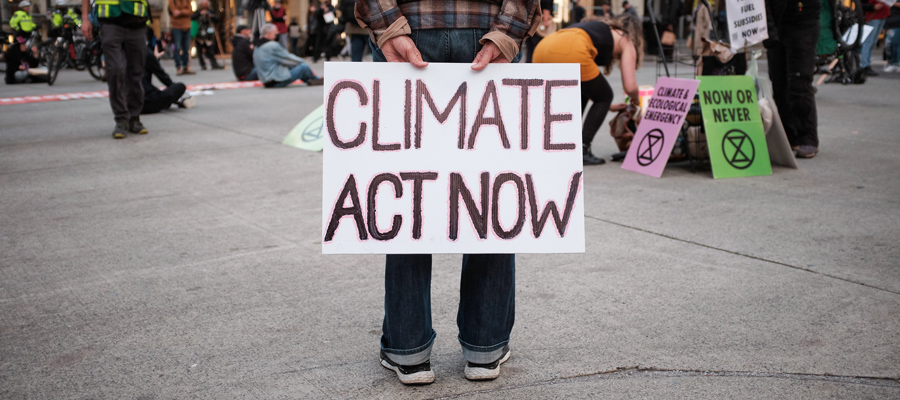A Misdirected Response to a Self-Inflicted Problem
The essence of BC Hydro’s Integrated Resource Plan (IRP) is straightforward. Maintain aggressive conservation targets and plan to build Site C as soon as possible in order to meet the forecast growth in British Columbia’s basic electricity requirements.
As for LNG, the energy needed for the liquefaction process is expected to be met by the companies themselves. The quite sizeable amount of ‘secondary’ energy requirements to be purchased from BC Hydro would be met with imports or other market purchases of electricity if needed in the short term and with supply from Site C once it is built. To ensure it can reliably deliver this power, BC Hydro would reinforce its Prince George to Terrace transmission line and install gas-fired peaking capacity on the North Coast.
There are lots of other pieces in the IRP, including contingency plans if LNG or other requirements are greater than currently expected. And, as in all plans of this size and scope, there are some quirky twists, like offering industry ‘incentive’ low price power to soak up surpluses in the short term at the same time as spending hundreds of millions of dollars to induce industry to use less power over the long term.
The essence of the plan, however, is clear: Site C, conservation, transmission reinforcements and some strategically located gas-fired peaking capacity.
Much to the chagrin of some friends and relatives, I actually think Site C is a logical source of electricity supply. It is less expensive and far more valuable than the run-of-river and wind energy BC Hydro has been forced to buy in recent years. It would be publicly owned, avoiding the pay-now pay-again-later strategy inherent in the contract purchases of power BC Hydro has been making. And as compared to new base load gas thermal power plants, Site C not only avoids the GHG emissions that the gas plants would generate, it provides incomparably greater long term value.
Like most civilized people, I also understand and support the emphasis on conservation. It is by far the cleanest, greenest energy resource we have.
Nevertheless, despite these very supportable elements, BC Hydro’s plan is fundamentally flawed.
The problem with Site C is not that it isn’t a good source of energy. Rather it is that we do not need it ‘as soon as possible’ — 2024 — or any time close to that date. Like the recent IPP purchases BC Hydro is now trying to cancel or defer, the ‘need’ for Site C is driven by the artificial restrictions the government continues to impose on BC Hydro with its Clean Energy plan — restrictions that were never properly analyzed or justified.
Most serious right now is the government-directed phase-out of the Burrard thermal power plant, a plant that was not only strategically located to ensure reliable supply in the Lower Mainland, but also provided a very valuable role in backing up the hydro system. And it provided this role without creating a lot of emissions — it seldom had to be run to any great extent. It served as a back-up, not a base load plant.
The phase-out of Burrard combined with the remaining self-sufficiency restrictions has reduced the firm capability of the BC Hydro system by 4400 GWh, almost 90% of the output of Site C. If BC Hydro were simply allowed to plan as it did prior to the government’s unprecedented restrictions on its planning and operations, Site C wouldn’t be needed until 2030 or beyond.
Mothballing Burrard, instead of maintaining it and replacing older equipment as required, has also eliminated 900 MW of capacity that BC Hydro could have drawn on if it were short of power because of weather events, outages or other contingencies. Ironically this may force BC Hydro to rely on market purchases of power in heavy load hours to back up the Lower Mainland system. It is ironic because while the government’s self-sufficiency policy has restricted BC Hydro’s ability to go to the market to take advantage of low cost off-peak and seasonally surplus electricity supply, the forced shut down of Burrard may result in BC Hydro going to the market in peak periods when it has no flexibility on timing and where there is virtually no limit to the price it may have to pay.
As for BC Hydro’s conservation target, the problem is not the end, but rather the means. BC Hydro is planning to spend some $3 billion ($2.5 billion for the industrial and commercial sectors) to encourage users to reduce their wasteful or inefficient use of electricity. We shouldn’t have to pay customers, especially bottom-line oriented business, to do that. There are far more sensible and cost-effective ways to promote energy conservation. But that is another issue and in due course the subject of another blog.
Topics: Climate change & energy policy


